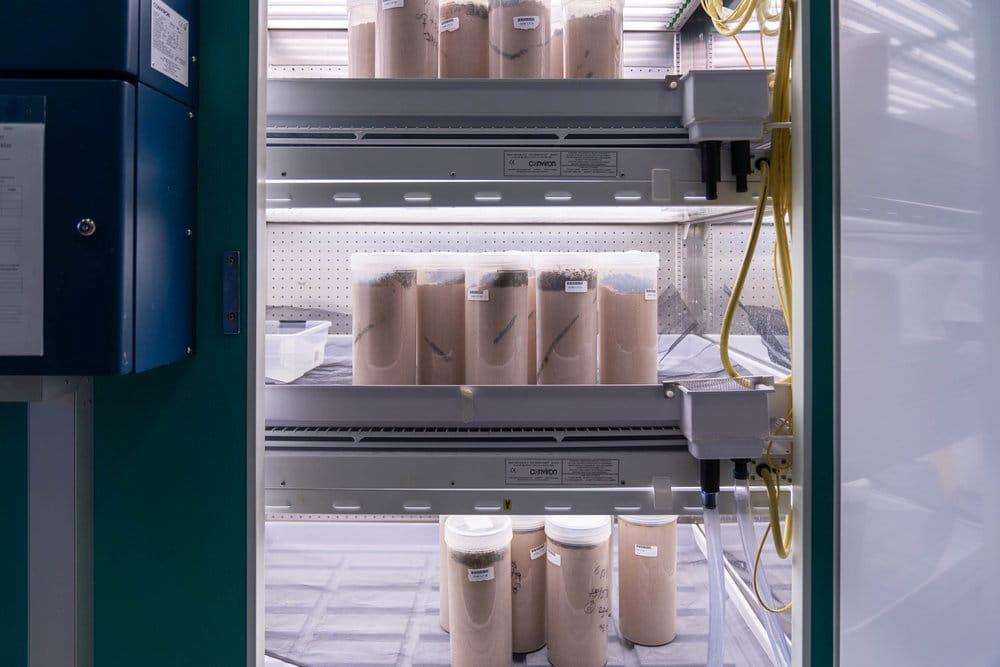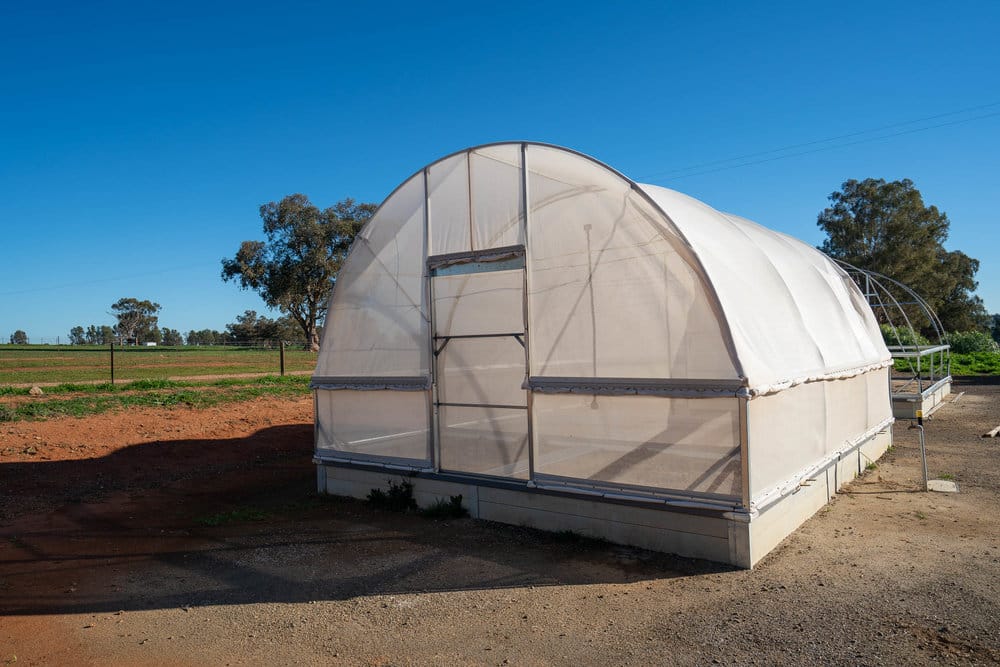Mass rearing underway
The Dung Beetle Ecosystem Engineers project plans to raise tens of thousands of beetles using mass rearing facilities, which will then be released at more than 100 sites across southern Australia.
Historically, 20 of the 43 species of dung beetles imported and released in Australia didn’t establish in the field or are only present in very low numbers. There are a number of reasons for these failures, however, we now know that dung beetles are more likely to survive, breed and spread if a minimum of 1000 beetles are released at each site. Other important factors which help the beetle numbers flourish include the soil type and moisture levels at the release sites and the timing of the release.
Which species are being mass reared?
Based on field surveys we know that there are species of dung beetles in Australia that have established but are not widespread. The project’s team has already field ‘harvested’ some of these beetles and have started the necessary mass rearing process to later release them to a wider range of sites. These include Bubas bison (an autumn–winter active species), Copris hispanus (autumn–spring), Geotrupes spiniger (spring–winter), Onitis aygulus (spring–autumn), Onitis caffer (autumn–winter) and the French strain of Onthophagus vacca (spring–summer).
The Dung Beetle Ecosystem Engineers project is also importing several new species. After clearing quarantine steps and an initial reproduction at CSIRO quarantine, they will be mass reared to give sufficient numbers for field release. The first of these newly imported species, the Moroccan strain of Onthophagus vacca, was delivered from CSIRO to Charles Sturt University in May 2019.
What does it take to mass rear beetles?
Lots and lots of dung! Already, more than 400 kilograms of dung has been collected and is being kept frozen in storage, ready to for the beetles to use. Freezing the dung ensures there is plenty on hand and also kills nematodes and other pests that might affect the developing larvae.
Dung beetles get their nutrition from dung as well as using it to make brood balls for raising young. Some beetles are happy digging down into a a container of a sand mixture with dung on top. Each species has different climate preferences so climate-controlled chambers (pictured) are used to allow for each strain to have special treatment. Others are given more space to dig in fully enclosed ‘hoop houses’ (pictured). On-farm nurseries are used to protect newly released beetles as they adjust to field conditions, while allowing the next generation to spread their wings and leave home.
How long does it take?
Many dung beetles have only one generation per year, while others can have two or three generations over 12 months. This may seem very slow, but past surveys have shown that under the right conditions beetles can have a ten-fold increase in population in just 12 months. History has shown that a new species can become abundant in an area within a decade if reared in good field conditions. Numbers will often reach an equilibrium over time based on dung supply.
Is mass rearing the only option for beetles?
There are parts of Australia where dung beetles are very abundant, and can be successfully trapped (harvested) without depleting that area’s population, before moving them to other areas. Landcare groups and commercial dung beetle companies have used this method successfully for many years to supply and replenish dung beetle numbers, the latter being useful after drought or flood events have reduced populations.


